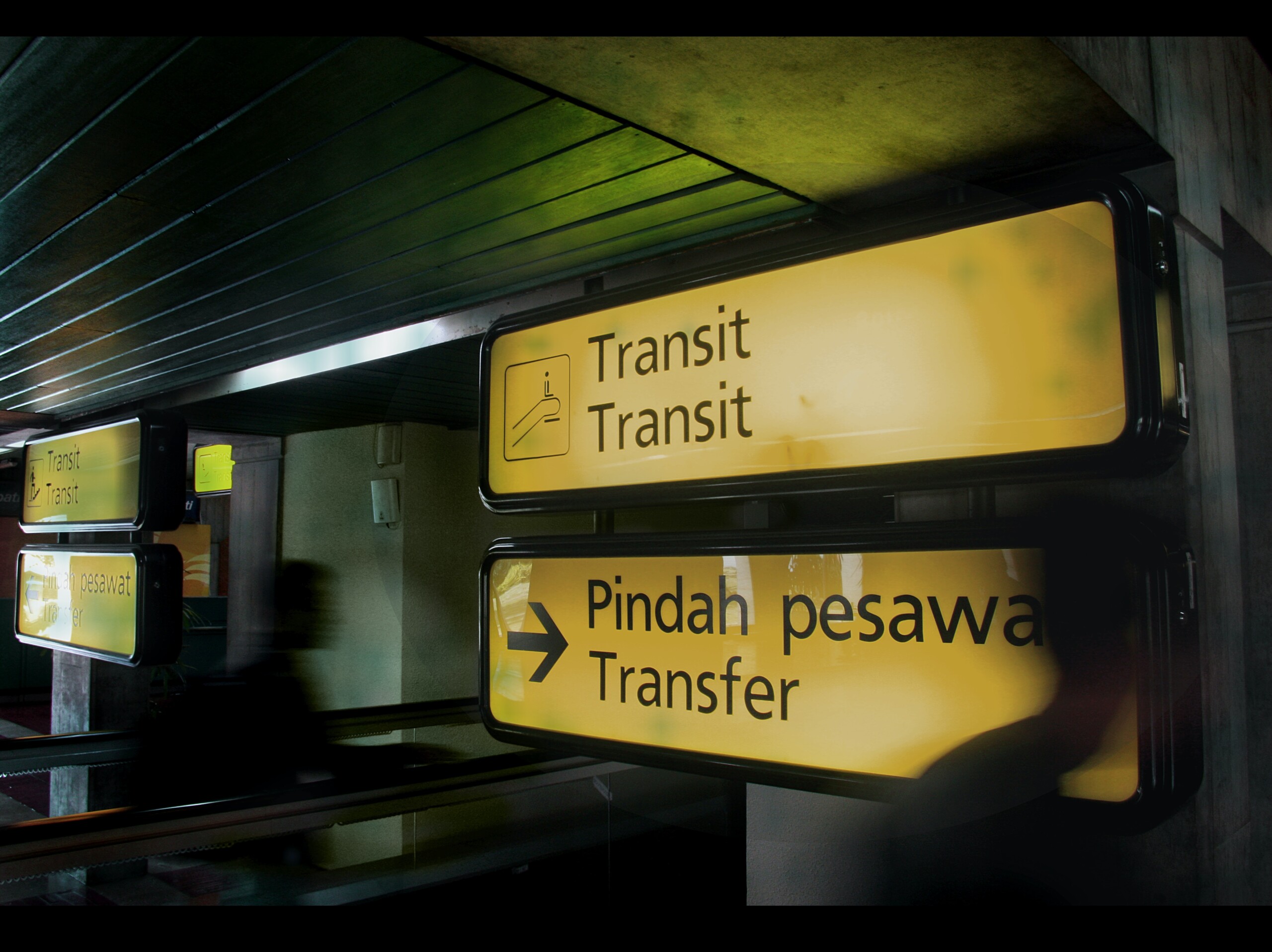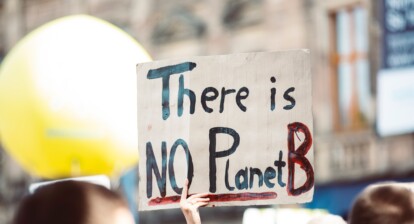How cultural barriers reduce refugees’ chances to get asylum
Countless conflicts all over the world produce refugees seeking shelter. States, however, are struggling to deal with the great number of refugees that request asylum, since it is a difficult task to determine when and which refugees are actually in need. In contrast to this hostile attitude, we find vulnerable and anxious refugees in a strange country who are left to the state’s devices. When arriving in the Netherlands, refugees are almost immediately interviewed by public officials who have the task to gather facts such as names, timeframes and whereabouts (Doornbos, 2005, p. 109). A second interview is performed some time later in which refugees get the opportunity to explain why they seek refuge (Ministerie van Justitie en Veiligheid, 2022). The government then assesses the asylum request based on reports that are drawn up, which is evaluated by looking at the facts and credibility of the story (Ministerie van Justitie en Veiligheid, 2022).
Considering that the biggest difference between a refugee and an interviewer is culture and language, it is undeniably a reason for concern if miscommunication results in a denial of asylum. There was a Turkish refugee whose asylum request was denied partly due to a different understanding of the concept of ‘mountain’ held by Switzerland.
The refugee had told about fleeing through nearby mountains; the officials however could not verify his story, since – according to Swiss standards – there were no mountains, there were only hills
(Kälin, 1986, p. 234).
They were, however, not aware of the fact that in Turkey a mountain refers to hills as well, which resulted in the conclusion that the refugees’ account was unreliable.
Whereas we often understand these interviews to be an objective undertaking in order to determine credibility, this example suggests that we are dealing with a much more subjective and cultural undertaking than often thought. So, how does this put the refugee at a disadvantage? And how to solve this? By answering these questions, a light will be shed on how refugee interviews fail to establish a proper account because of miscommunications caused by cultural differences. Due to which, refugees are often perceived to be lying and consequently denied asylum. To prevent this, we should reconsider the procedure of refugee asylum interviews.
Non-verbal communication
Communication is essential in interviews between refugees and public officials and is often influenced by cultural differences, since culture is reflected in both verbal and non-verbal forms of communication (Doornbos, 2005, p. 106). A book written by Bishop depicts firsthand experiences of refugee procedures and shows how interviewers often depend on non-verbal communication — like body language — to steer the conversation (2022, p. 91). Whereas non-verbal cues are often considered useful by public officials, research has shown that non-verbal cues, like an expression or attitude, can differ between cultures; Bishop for instance conversed with an officer that indeed felt like they could not depend on non-verbal cues in these culturally distinct cases (Bishop, 2022, p. 92 & 109). On top of that, it appears there is no clear cut connection between certain behaviour and truthfulness (Bishop, 2022, p. 92). Unfortunately, the public officials — who are in charge of assessing the request — admitted to Bishop that they depended on non-verbal cues even though they knew the risk of interpreting these (Bishop, 2022, p. 109). So if interviewers indeed depend as much on non-verbal cues as implied, then there is most definitely reason for concern considering how misinterpretation due to cultural differences can affect a refugees’ credibility.
Communication between different cultures
Cross-cultural communication also affects the credibility of refugees. With cross-cultural communication we mean to describe a dialogue between people in which their cultural differences can influence how they understand each other in a conversation.

Kälin is a researcher who has been able to shed light on the role of communication between two distinct cultures and how it affects the refugee interviews. He showed how there can be different understandings of what a word means between cultures as illustrated at the beginning of this essay (Kälin, 1986, p. 234). These misunderstandings could for instance make the interviewer think that the refugee is making up their story, since the facts do not add up. In order to check the facts, the interviewers also aim to find out in what order events took place in order to construct a sort of timeline. But even such a seemingly objective task is subject to culture as well: there are different notions of time, such as Muslim calendars, but there are also tribes that do not understand time as clockwork but rather as a sequence of activities (Kälin, 1986, p. 236). And if an interviewer is not aware of this, then this could seriously impair the credibility of the story (Kälin, 1986, p. 237).
How to avoid miscommunication
There are a few solutions we can consider to avoid misunderstandings that result because of intercultural communication and non-verbal cues.
First of all, it would be helpful to educate interviewers and public officials, who assess the request, on the impact of cultural differences; if public officials are aware of the fact that cultural barriers could lead to miscommunication and prejudice, then they might be less likely to say that inconsistencies in interviews are due to the fact that the refugees are lying. We must, however, realise that we cannot reasonably expect the officials performing the interviews to completely immerse themselves in a culture to solve this. This is why Kälin proposed in his research that interviewers should only focus on a few cultures, so that they can gather a better understanding of these over time (Kälin, 1986, p. 239). In addition to this, it could be useful to involve settled refugees who can contribute to this process so that interviewers and public officials can depend on multiple sources of information on a culture.
Secondly, Doornbos performed a study in which she evaluated many refugee interviews and the role of communication. This is how she came to realise the importance of the reports drawn up by the interviewers, since these are considered as a guideline to determine whether the asylum request should be granted (Doornbos, 2005, p. 118). It can be concluded from Doornbos’s research that in order to help officials recognize that there are more factors influencing the credibility of refugees, it would be helpful to draw up reports that do not only reflect the facts, but also possible miscommunications and contributions made by interviewers (Doornbos, 2005, p. 121). We could for instance consider that observers draw up reports as well, since their position allows them to pay more attention to possible difficulties in communication. Such a role could be picked up by the lawyer of the refugee, who is legally allowed to be present as well (Ministerie van Justitie en Veiligheid, 2022). In this way, the report is not treated by other officials as an ‘ultimate truth’ but rather as a dialogue between two different cultures in which verbal and non-verbal communication are of essence.
In conclusion, if we want to establish a proper account of refugee’s stories and give them a fair chance to get asylum, we should not perceive asylum interviews as an objective task. By adjusting the procedure of these interviews, we can learn to recognize how cultures understand concepts differently and how non-verbal communication can be misleading. Instead of treating refugees with hostility, the government should focus on implementing instruments that recognize cultural differences and give each refugee a fair chance at securing a safe future.
Literature list
Bishop, S. (2022). A Story to Save Your Life: Communication and Culture in Migrants’ Search for Asylum. New York Chichester, West Sussex: Columbia University Press. https://doi-org.tilburguniversity.idm.oclc.org/10.7312/bish20408
Doornbos, Nienke (2005). On Being Heard in Asylum Cases: Evidentiary Assessment Through Asylum Interviews. In Proof: Evidentiary assessment and credibility in asylum procedures, Gregor Noll, ed., Leiden/ Boston: Martinus Nijhoff Publishers.
Kälin, W. (1986). Troubled communication: Cross-cultural misunderstandings in the Asylum-Hearing. International Migration Review, xx(2), p. 230-241.
Ministerie van Justitie en Veiligheid. (2022, September 20). Asylum procedure. Asylum Policy | Government.nl. https://www.government.nl/topics/asylum-policy/asylum-procedure







